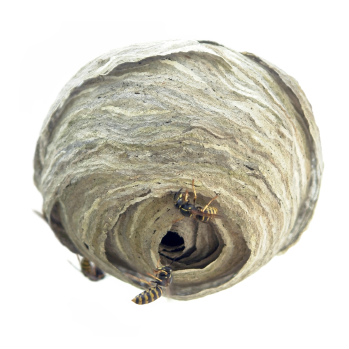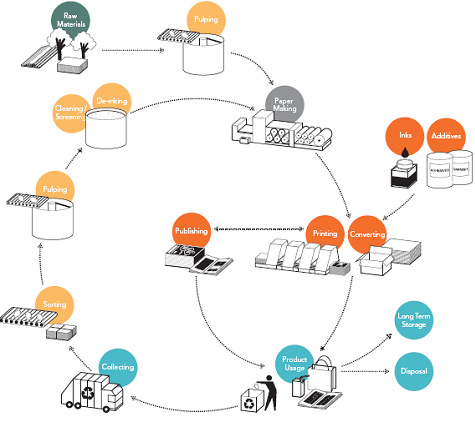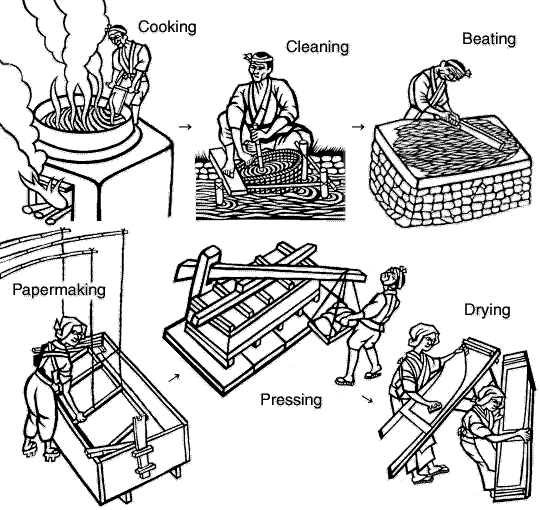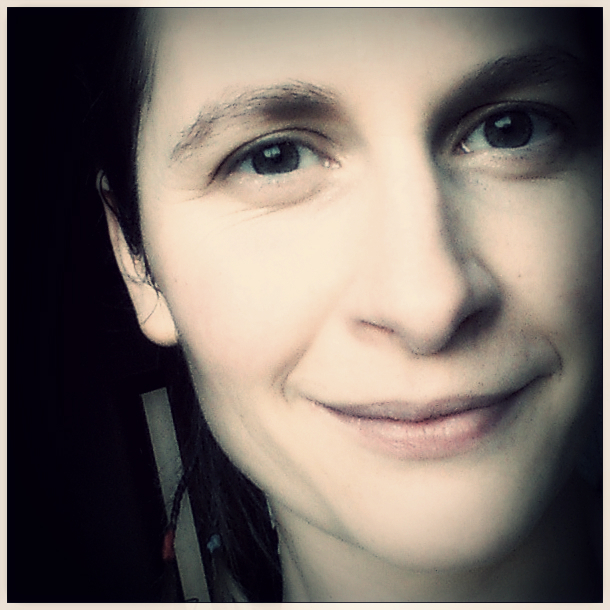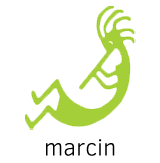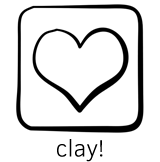workshops on paper
intro • some theory • practice • and finally: fun..
- intro
we start with talking about paper: paper comes in many different forms and has multiple uses – some of them are quite surprising, so we talk about the potential and possibilities of paper. while we’re at it, we present cellulose wonders: wasps’ nests (wasps are the real forerunners in paper crafts), Egyptian papyrus, dishes woven from paper wicker, raw and processed fibers from all over the world… and a lot of cool stuff.
- some theory
during the theoretical part we talk shortly about the history of paper: starting from the old-time craftsmanship and ending with contemporary industrial production. but mostly we try to focus on the direction of modern paper production forms and processing industry. yet finally – why and for what should we recycle? how to do it? – in casual everyday forms and those more sophisticated, creative. that’s how we move to the practical part.
- practice
the first grade is getting to know the step-by-step process of paper sheets forming. processed plant fibers (or a blended recycled paper pulp) are mixed in big and small vats, then we take our molds and deckles and dip them into the pulp, next we pull them out, drain off and dry. and that’s it, the basic procedure is very simple. but you need to do it with your hands – experience. feel it. that’s when the fun starts.
- and finally: fun
once you get to know the basic methodology you can go into experiments. from the fibrous pulp a more or less ordinary sheet of paper is formed (you can add anything you like to it: colourful threads, pieces of plants, beads), but pulp may be also used for making paper reliefs and spatial forms: spheres, lamps, screens etc. you can let your imagination run wild, cellulose has no limits, weee :))
°
